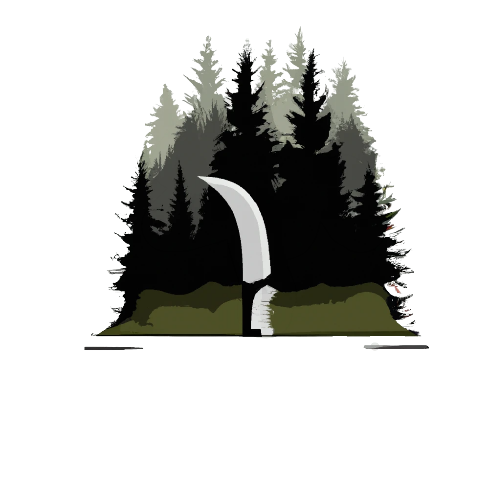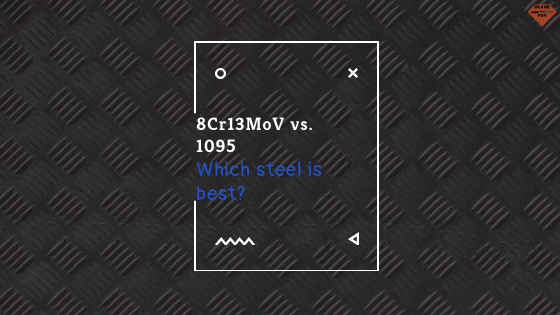Oftentimes, when choosing a knife two popular steel choices are 8Cr13MoV and 1095. But how do these steels compare? What are their applications? which steel is better? In this article, we seek to answer all questions about the differences between these two steels.
Short Answer:
8Cr13MoV is a stainless steel that offers good corrosion resistance, edge retention, and toughness at an affordable price. 1095, on the other hand, is a high-carbon steel that offers excellent edge retention and toughness, but is more challenging to sharpen and is prone to rust.
Next, we can look closer at each steel, what each steel is made of in terms of composition, and what we have found to be the best knives in each steel.
Deep Dive on 8Cr13MoV
8Cr13MoV is a Chinese-made stainless steel that is popular in budget knives due to its affordability and decent performance. Its steel composition contains:
– 0.8% carbon
– 13% chromium
– 0.2% molybdenum
– 0.2% nickel
– 0.2% manganese
This composition creates a steel that is easy to sharpen and provides good edge retention and toughness, though not as high-performing as premium steels. The addition of chromium provides decent corrosion resistance, making it a good choice for humid or wet environments.
Deep Dive on 1095
1095 is a high-carbon steel that is popular for its excellent edge retention, toughness, and ease of sharpening. Its steel composition contains:
– 0.95% carbon
– 0.4% manganese
– traces of phosphorus and sulfur
This limited composition creates a hard and wear-resistant steel that can perform well in demanding cutting tasks. However, its low corrosion resistance means that it requires proper maintenance to avoid rusting.
8Cr13MoV versus 1095
When comparing 8Cr13MoV and 1095, it’s important to consider the knife’s intended use. 8Cr13MoV is a more versatile steel that offers decent performance across the board, making it a good choice for everyday use and outdoor activities. Its good corrosion resistance makes it suitable for use in humid or wet environments, though it may not hold an edge as long as 1095.
1095, on the other hand, is more specialized for rigorous cutting tasks that require a sharp and tough edge. This makes it ideal for hunting, survival, or bushcraft knives. Due to its high carbon content, it has a propensity for rusting and requires regular maintenance, but its excellent edge retention and toughness make up for the hassle. Keep in mind that a good finish such as Cerakote would greatly increase the corrosion resistance of a 1095 blade.
The best knives in each steel
Now that we have compared 8Cr13MoV and 1095, and looked at each steel in-depth, we can look at what we have found to be the best knives in each steel.
Kershaw Outright (8Cr13MoV)
The outright is an inexpensive EDC knife that is sleek and catches the eye. This knife has a 3-inch blade, is 4 inches when closed, and has a flicker and thumb studs on both sides with assisted opening. If you want a knife that doesn’t break the bank and works just as well as any other EDC knife, this is one you should look at.
Check out this knife here (link to Amazon)
ESEE-4P (1095)
The ESEE-4 is a tough and versatile fixed blade knife that is perfect for bushcraft and survival. This knife has a 4.5-inch blade, a 3.5-inch G-10 handle, an ambidextrous polymer sheath, a textured powder coat finish, and weighs 8 ounces. If you want a tough sleek, versatile, reliable knife, this is the fixed blade for you.
Check out this knife here (link to Amazon)
Conclusion
Overall, both steels have their strengths and weaknesses and are better suited for certain applications. 8Cr13MoV is a better choice for those seeking a versatile and affordable steel that still performs decently, while 1095 is a better choice for those seeking top-tier edge retention and toughness in rigorous cutting tasks.

